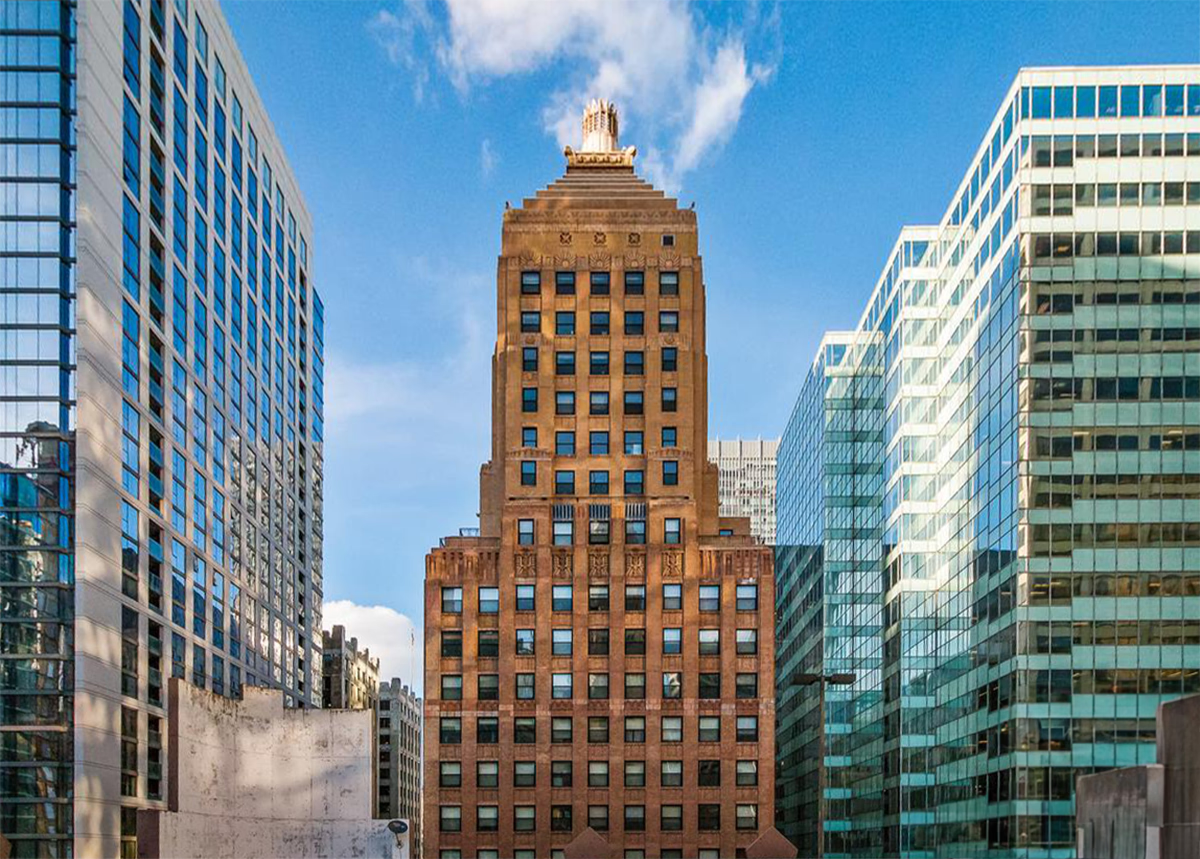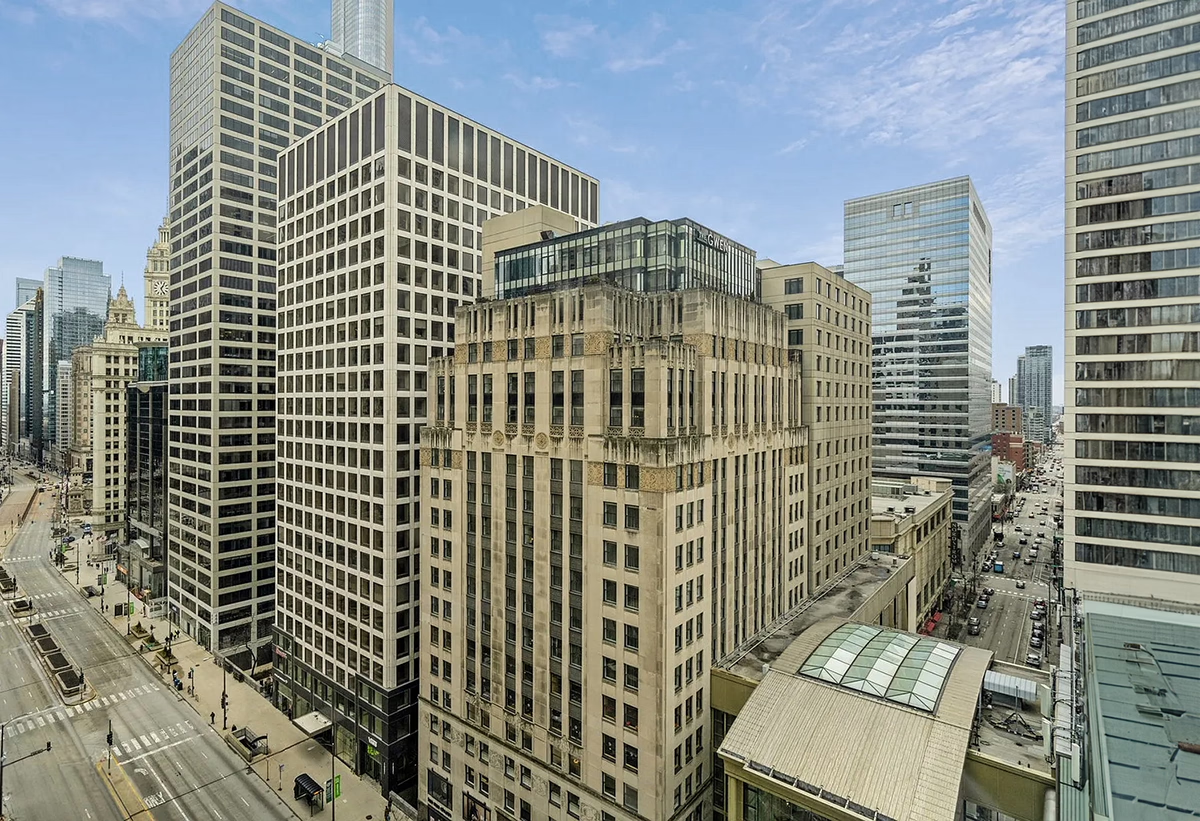Century Tower vs McGraw–Hill Building


Comparing the Century Tower and the McGraw–Hill Building is especially interesting because they share much in common. Both rise in Chicago, IL both were designed by Thielbar & Fugard, and they were completed just one year apart.
This overlap gives us a unique opportunity to understand how Thielbar & Fugard approached different commissions in the same urban context and historical context during a short period.
Height & Size
The Century Tower is clearly the larger tower of the two, both in terms of height and number of floors. It rises to 395ft (120.4m) with 28 floors above ground, while the McGraw–Hill Building reaches 190ft (58m) with 16 floors above ground.
Of course, each project may have faced different briefs or regulatory constraints, which we don't really know about and could also explain the outcome.
Architectural Style
Both the Century Tower and the McGraw–Hill Building were designed in line with the aesthetic conventions of the Art Deco style.
At the time, this style was at the height of its popularity. So Thielbar & Fugard followed what was in many ways expected at the time, producing designs that fit comfortably within contemporary architectural norms rather, than breaking with convention.
Uses
The Century Tower is primarily residential, while the McGraw–Hill Building is primarily commercial.
Originally, the Century Tower was designed for commercial, but over time it was converted to residential. The McGraw–Hill Building by contrast has maintained its original role.
The Century Tower offers 292 residential units.
Structure & Facade
Both the Century Tower and the McGraw–Hill Building rely on a Frame structural system.
A frame structure uses a grid of columns and beams to carry the building's loads. This frees the walls from structural duties, allowing for flexible floor plans and larger windows.
They also employ the same type of facade, a Masonry facade.
A masonry facade gives the building a heavier, more traditional appearance. It often conceals a frame structure behind it, creating the look of solid walls without carrying the main loads.
| Century Tower | McGraw–Hill Building | |
|---|---|---|
| Thielbar & Fugard | Architect | Thielbar & Fugard |
| 1929 | Construction Started | 1928 |
| 1930 | Year Completed | 1929 |
| Art Deco | Architectural Style | Art Deco |
| Residential | Current Use | Commercial |
| 28 | Floors Above Ground | 16 |
| 120.4 m | Height (m) | 58 m |
| Frame | Structure Type | Frame |
| Reinforced Concrete | Vertical Structure Material | Reinforced Concrete |
| Reinforced Concrete | Horizontal Structure Material | Reinforced Concrete |
| No | Facade Structural? | No |
| IL | State | IL |
| Chicago | City | Chicago |
| 182 West Lake Street | Address | 520 N. Michigan Avenue |